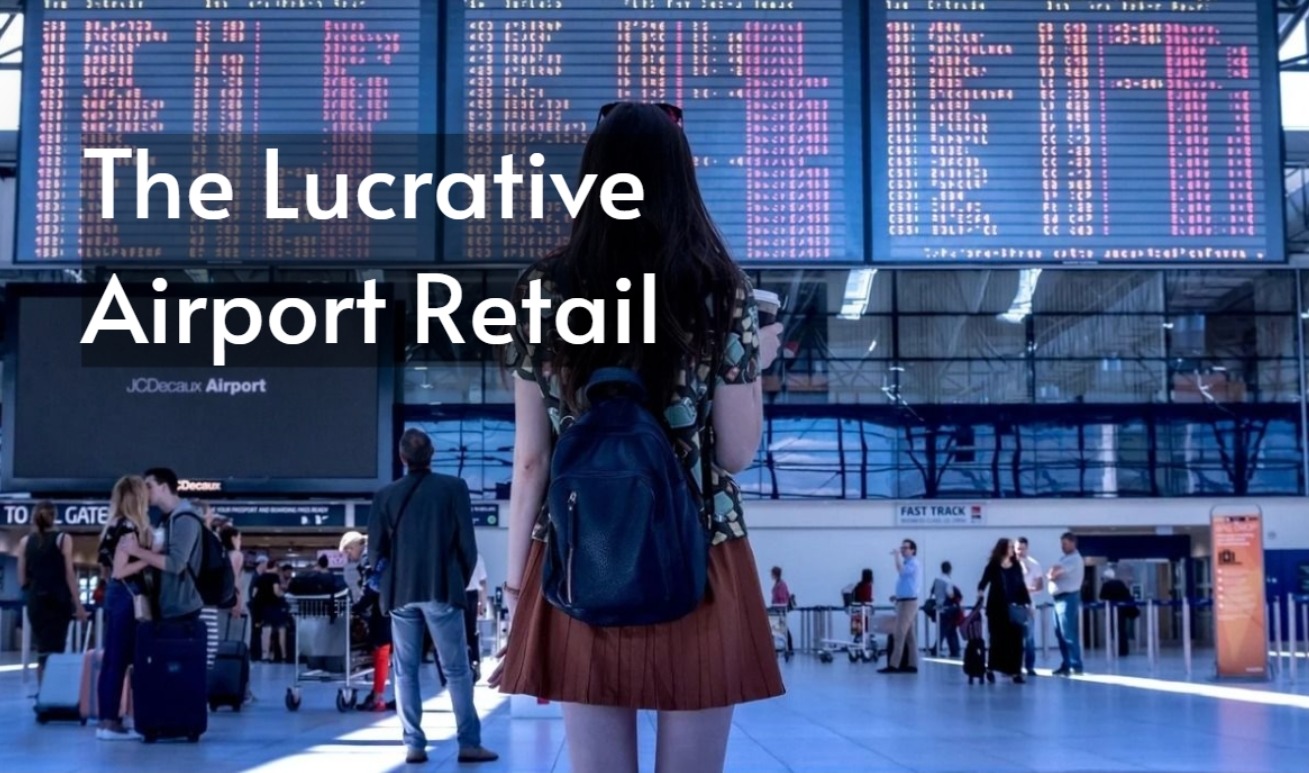How airports are smartly laid out to make passengers spend more money

The flow of passengers through the airport terminal is smoother than ever as airports adapt new technologies like facial recognition enabled check-ins and bag drops. But most airlines still recommend that passengers arrive at least 3 hours before departure time for international flights and 2 hours before departure for domestic flights.
So what do people do with all the free time in their hands? They spend money, often lavishly on things ranging from 10-dollar croissants to luxury perfumes, and the industry is worth billions of dollars. Airport retail sales reached USD 44 billion in 2019, according to a recent report by Coresight Research, and the number is expected to rise further albeit after a ‘coronavirus slowdown’.
Corporates understand the business potential and are making airport retail more and more convenient. From value-for-money goods to luxury brands, almost everything is easily available at airports and with additional tweaks like live music, exotic menus to improve your experience and justify the mark-up. Operators, on the other hand, also understand the business potential and intentionally design airports in a way that makes passengers spend lavishly.
Money-making layout
Airports are purposely laid out to lure customers into spending more money and it starts right at the parking lot. The average cost of a week’s parking at airports is USD 82 and it can go as high as USD 244 if you are parking at London’s Heathrow Airport.
When you enter the airport and get through the tiring security check, you are delighted with Duty-Free and other retail shops, and you have to walk through these shops to get to your gates.
These shops are thoughtfully positioned. After passengers have stood in long queues and possibly asked to remove their jackets, belts, shoes, and watches, they are more likely to be in a spending mood after seeing the decorated and welcoming stores on the walkways after security check.
And there’s a little detail about the walkways that people often miss out on, they tend to the curve to the left side and it’s also intended to make you spend more money. The majority of people are right-handed, and also pull their suitcases with their right hand, which means they would look more to the right side than to the left, according to various studies. Curving walkways to the left would mean more retail space on the right side and since you’re looking to the right more, it converts into more sales.
Dufry, a company that operates retail stores at airports, posted a turnover of USD 9.47 billion in FY2019. Of this, Perfumes & Cosmetics accounted for 32 percent of net sales, followed by Food, Confectionery & Catering (18 percent), Wine & Spirits (17 percent), Luxury Goods (13 percent), Tobacco Goods (11 percent) and Electronics (2 percent).
Then comes the waiting area, which is surrounded by food outlets and these could be equipped to serve a 16-course meal, depending on the airport. There are easy-to-see signboards all around the waiting area so passengers don’t feel lost and massage chairs are thrown into the mix to keep them relaxed and in the spending mood. Studies show that the more passengers feel satisfied, the more they are likely to spend money.
The food outlets obviously markup prices and add more to the experience-value to justify the high prices. Fine dining restaurants have become new normal at big airports and some outlets even offer wine and whiskey tastings, just to add to the experience.
These markups are done to cover the hefty rents that companies have to pay and that’s why water bottles cost 5 dollars at airports. But airports are expensive to run (with the massage chairs and the spas, of course) and despite the billions of dollars that customers spend, many operators still end up with losses at the end of the year.
(Disclaimer: The opinions expressed are the personal views of the author. The facts and opinions appearing in the article do not reflect the views of Devdiscourse and Devdiscourse does not claim any responsibility for the same.
- READ MORE ON:
- airports layout
- Duty free layout
- Airport retail
- Airport retail industry
- FIRST PUBLISHED IN:
- Devdiscourse










